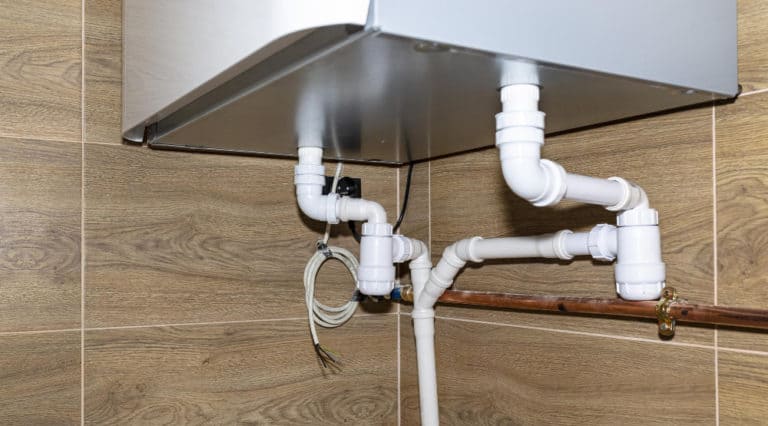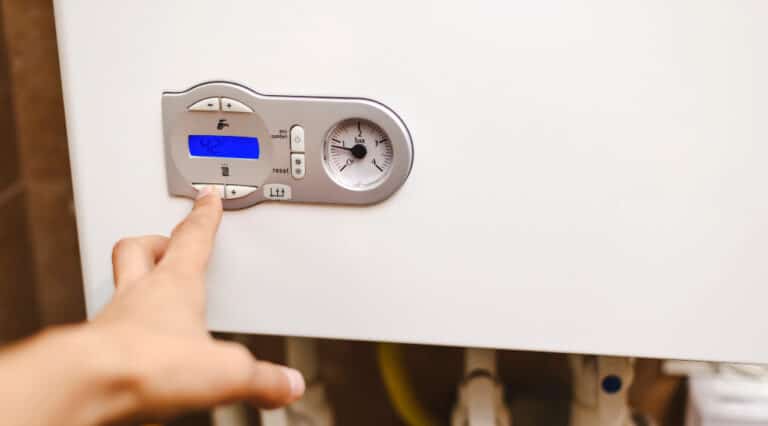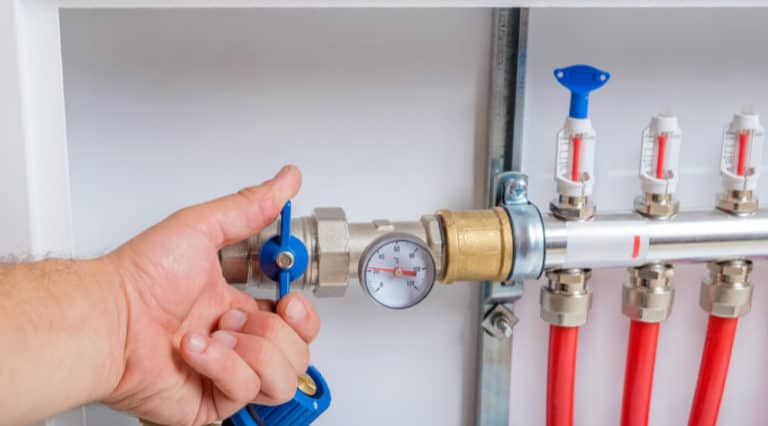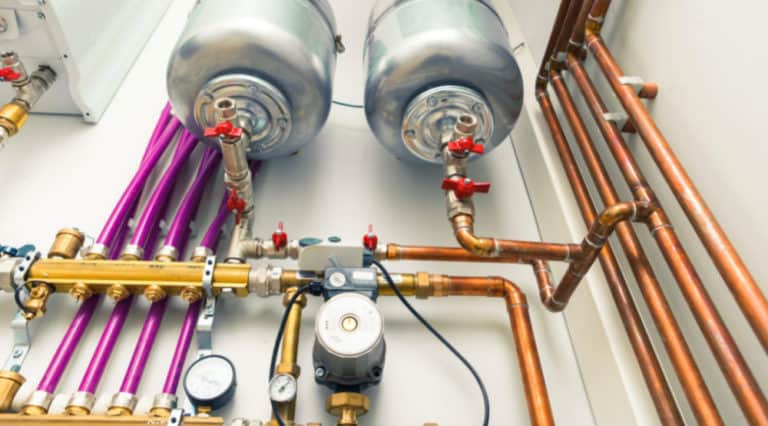Find My Local Expert Ideal Boiler Flow Temp: Optimizing Your...
Read More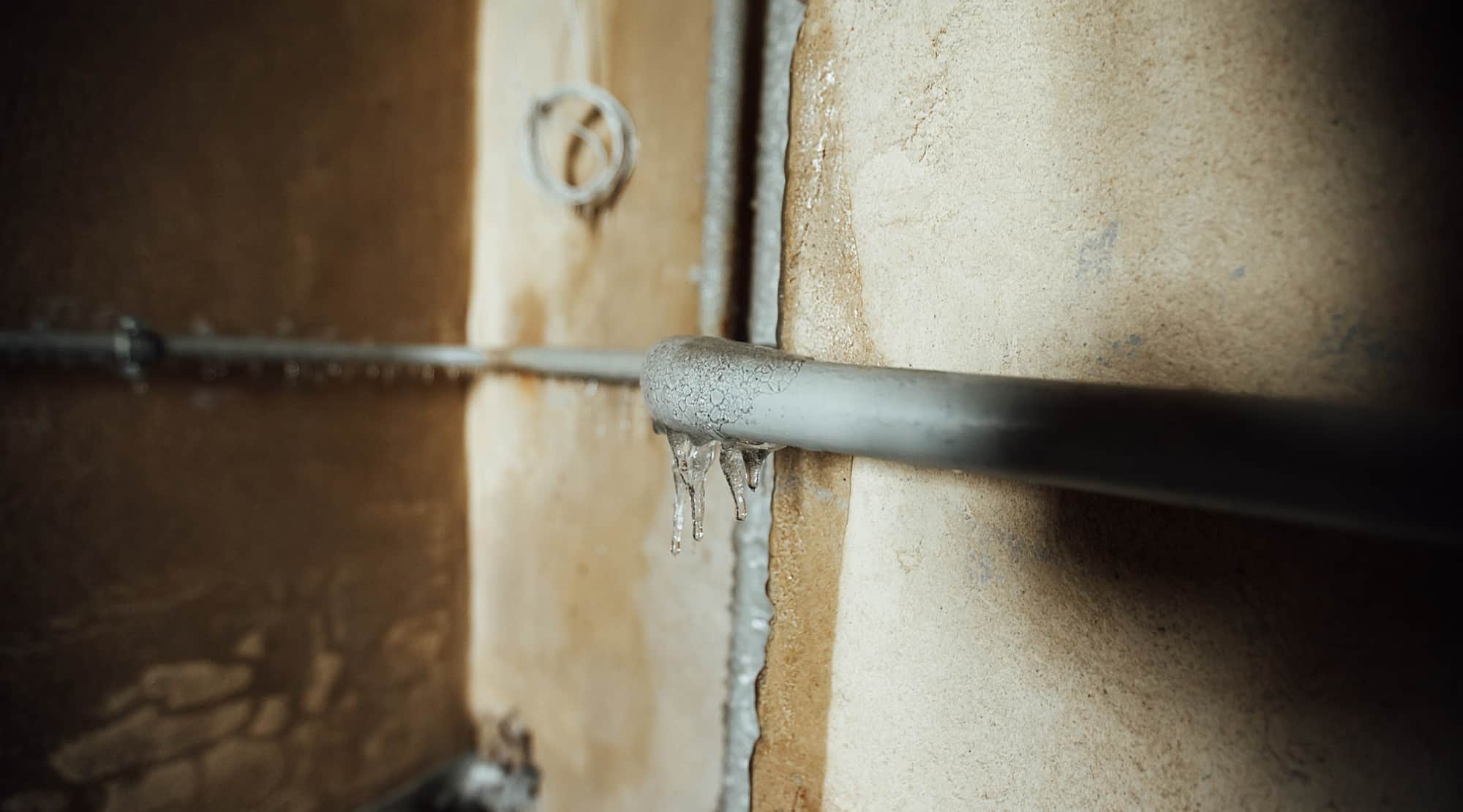
Stop Condensate Pipe Freezing: Essential Tips & Tricks
Preventing condensate pipe freezing is crucial to ensuring the smooth and uninterrupted operation of your boiler and heating system, particularly in cold weather. When condensate pipes freeze, it can lead to a range of issues, including boiler shutdowns and heating system breakdowns. That’s why it’s important to take the necessary steps to prevent condensate pipe freezing and avoid costly and inconvenient repairs.
Condensate pipes serve the vital function of carrying waste water away from the boiler, which is produced during the combustion process. During extremely cold temperatures, condensate pipes are susceptible to freezing due to the water inside them turning into ice. This can cause blockages and prevent the proper functioning of the heating system, resulting in boiler shutdowns and a loss of hot water and central heating.
By proactively preventing condensate pipe freezing, you can avoid these potential issues and ensure the continuous and efficient operation of your boiler. In the following sections, we will discuss various measures you can take to prevent condensate pipe freezing, such as insulating the pipes, adopting heating techniques, and other practical tips. By implementing these preventive measures, you can protect your heating system from breakdowns and enjoy a warm and comfortable home even during the coldest of winters.
Condensate Pipe freezing explained.
Condensate pipes can freeze in cold weather due to the water inside them turning into ice. These pipes play a vital role in carrying waste water away from the boiler, which is produced during the combustion process. When temperatures drop, the water in the condensate pipe can freeze, causing blockages and hindering the proper functioning of the heating system. This can result in boiler shutdowns, leaving you without hot water and central heating. To prevent this issue and avoid costly repairs, it’s important to take preventive measures to stop the condensate pipe from freezing.
Condensate Pipe freezing causes
Understanding the causes of condensate pipe freezing is the first step towards preventing it from happening.
When the boiler produces heat, it also generates condensation. This condensation, known as the condensate, is acidic and needs to be drained through a pipe. However, during extremely cold temperatures, this pipe can become vulnerable to freezing.
There are several factors that contribute to condensate pipe freezing. One major factor is the location of the pipe. If the pipe is situated outside or in an unheated area, it is more exposed to the icy weather. Additionally, poorly-insulated or thinner pipes are more prone to freezing than thicker ones.
Another cause of condensate pipe freezing is poor insulation. If the pipe is not adequately insulated with foam pipe insulation, it becomes more susceptible to freezing. Similarly, if the pipe is not properly fitted or there are gaps in the insulation, cold air can penetrate and cause the condensate to freeze.
Fixing and preventing a frozen boiler condensate pipe.
If you find yourself dealing with a frozen boiler condensate pipe, worry not, we have some helpful tips to fix the issue and prevent it from happening again.
Firstly, it’s important to ensure that the condensate pipe is installed properly according to the manufacturer’s recommendations. This includes using a large enough pipe to allow for proper drainage. In extremely cold temperatures, you may want to consider using a thicker pipe to provide additional insulation.
A Guide on Preventing Condensate Pipe Freezing.
Condensate pipe freezing can be a common issue during cold weather, but there are steps you can take to prevent it. Follow these simple tips to keep your condensate pipe flowing freely:
1. Insulate the pipe with lagging: One of the easiest and most effective ways to prevent condensate pipe freezing is to insulate it with lagging. This helps to keep the pipe warm and reduces the chances of it freezing. You can easily purchase foam pipe insulation from a hardware store and install it yourself.
2. Keep the heating on at a low temperature overnight: It’s a good idea to keep your heating on at a low temperature overnight, especially during freezing temperatures. This helps to maintain a consistent temperature in your home, including the condensate pipe. Just make sure to adjust your thermostat so it doesn’t get too warm or waste energy.
3. Consider relocating the pipe internally: If possible, consider relocating your condensate pipe internally. By moving it inside your home, you can protect it from the cold weather and reduce the chances of freezing. Consult with a heating engineer to determine the best location for the pipe.
4. Cover the external pipe with foam insulation: If relocating the pipe internally is not an option, you can still provide extra protection by covering the external pipe with foam insulation. This insulation acts as a barrier against the cold and helps to keep the pipe warm.
5. Set the boiler thermostat to a higher temperature: Another way to prevent condensate pipe freezing is by setting your boiler thermostat to a higher temperature. This ensures that the water in the pipe remains hot and less likely to freeze.
By following these preventative measures, you can avoid the hassle and inconvenience of a frozen condensate pipe. Remember, if you’re unsure or need assistance, it’s always a good idea to consult with a heating engineer who can provide expert advice and help resolve any issues.
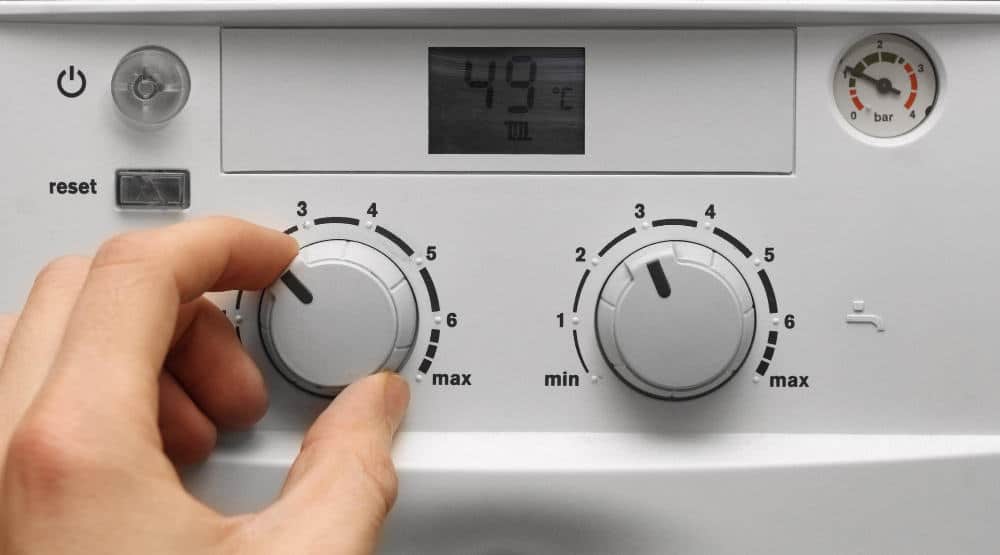
Defrosting a frozen pipe
Has your boiler’s pilot light gone out? Don’t worry, it’s a common issue that can often be fixed easily. Here are the steps to relight a pilot light:
1. Locate the pipe: The condensate pipe is usually a white plastic pipe that comes out of your boiler and leads to an external drain. It’s important to locate it before proceeding to the next steps.
2. Boil water: Fill a kettle or a pot with water and bring it to a boil. You’ll need enough warm water to pour over the frozen section of the pipe.

3. Pour the warm water over the pipe: Carefully pour the warm water over the frozen section of the condensate pipe. Start from the bottom and work your way up. The warm water will melt the ice and help restore the flow of condensate.
4. Repeat if necessary: If the pipe doesn’t defrost completely, repeat the process until the ice has melted away. Be patient; it may take a few attempts.
5. Reset the boiler: Once the pipe is defrosted, it’s important to reset your boiler. Most modern boilers have a reset button that you can press to restart the system. Refer to your boiler’s instruction manual for specific guidance.
6. Check the pressure: After resetting the boiler, check the pressure gauge. It should be within the normal range. If it’s too low, you may need to top up the system’s water pressure.
Remember, if you’re uncomfortable or unsure about defrosting the condensate pipe yourself, it’s always best to call a heating engineer for assistance. Stay warm and cozy!
Conclusion
Preventing condensate pipe freezing is crucial for maintaining a properly functioning heating system. In this article, we have discussed the key points and recommendations for preventing frozen condensate pipes. By following the step-by-step guide, readers can easily defrost their pipes and get their heating system back up and running. It is important to locate the condensate pipe, pour warm water over the frozen section, and repeat the process if necessary. Additionally, resetting the boiler and checking the pressure is essential after defrosting the pipe. By taking these measures, readers can avoid the inconvenience and potential damage caused by frozen condensate pipes. So, don’t wait until your condensate pipe freezes; take proactive steps to prevent it from happening. Stay warm and keep your heating system in optimal condition.
You May Also Like...
How to Fix a Condensate Pipe Leak
Find My Local Expert How to Fix a Condensate Pipe...
Read MoreFrom Cold to Cozy: Proven Solutions for Boiler Problems
Find My Local Expert From Cold to Cozy: Proven Solutions...
Read MoreBoiler Losing Pressure: Here’s how to fix it!
Find My Local Expert Boiler Losing Pressure? Here’s How to...
Read MoreBaxi Boiler Problems: Diverter Valve
Find My Local Expert Baxi Boiler Problems: Diverter Valve Combi...
Read MoreStill Having Issues with your Condensate Pipe?
My Trusted Expert Guarantee
Experts Have Been Vetted & Approved

